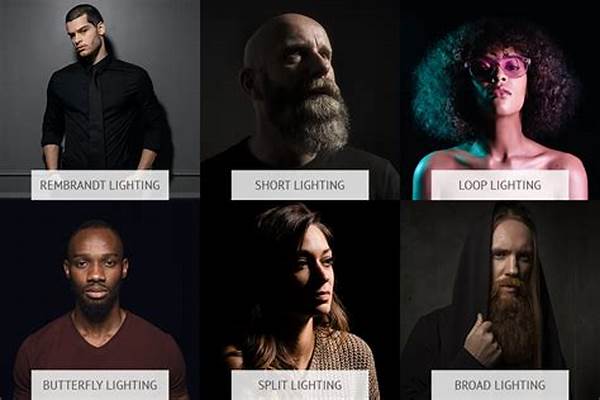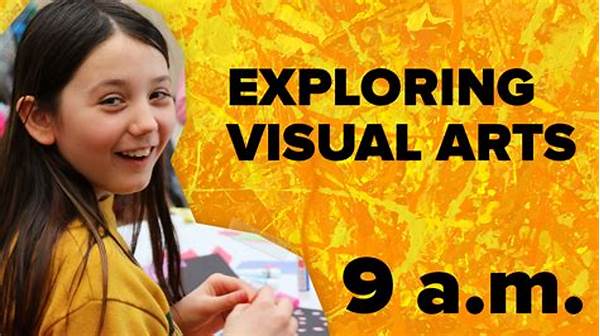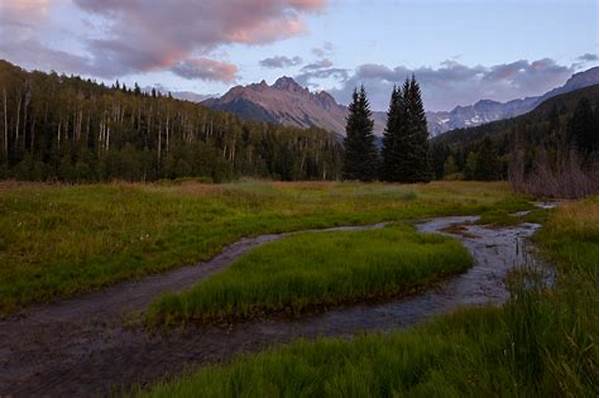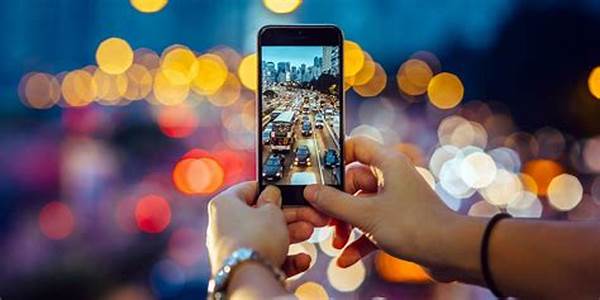Hey there, fellow photo enthusiasts! If you’re into capturing the majestic aura of animals through your lens, you’re in for a treat. Animal photography is an art that combines patience with precision, but guess what? Lighting can make or break your perfect shot. Let’s dive into some cool lighting techniques for animal photography that will help you take those beastly shots to the next level!
Read Now : Affordable Wedding Photographer Options
Understanding Natural Light for Animal Photography
First off, let’s talk about the glorious, free light source: the sun. It’s your best friend when it comes to photographing animals in their natural habitat. The golden hour, that magical time just after sunrise or before sunset, provides soft, warm lighting that brings out the best features in animals. It eliminates harsh shadows, giving a gentle and pleasing exposure. For those wild safari animals or the fluttering birds, taking advantage of the natural sunlight helps create stunning silhouettes and breathtaking visuals.
However, natural light can be unpredictable. Hence, flexibility is crucial! Cloudy days might seem dull, but clouds act as natural diffusers, spreading the light evenly and reducing sharp shadows. This can be ideal for capturing detail-rich images of our furry friends or even reptiles. Just make sure you’re always adjusting and responding to the light changes—it can turn a good shot into an iconic one in the blink of an eye!
Don’t forget the indoor pets, though. For them, having a well-lit space with plenty of windows can mimic an almost studio-like setup. Let the sunlight bathe your cuddly critters, and remember, practice makes perfect with every snap.
Creative Flash Techniques for Animal Photography
1. Fill-Flash in Daylight: Sometimes daylight creates shadows that can obscure an animal’s features. Using a fill-flash can balance the light, enhancing details without overpowering the natural light.
2. Off-Camera Flash for Control: Off-camera flash provides you the flexibility to manipulate light direction, creating dramatic effects that highlight the animal’s texture and form.
3. Modifying Flashes with Diffusers: Use diffusers to soften harsh artificial light, making it more flattering for animal photography. It’s especially useful for capturing the intricate details of smaller creatures.
4. Using Flash Gels for Effect: Adding flash gels can introduce a splash of color to your composition, providing a creative twist that adds uniqueness to your shots.
5. High-Speed Sync for Action Shots: Capturing fast-moving animals can be challenging; high-speed sync with flash can help freeze these moments with precise clarity.
Experimenting with Studio Lighting for Animal Photography
Let’s talk about studio settings. Creating a controlled environment in a studio means you get to play God with lighting—pretty exciting, right? Using softboxes or umbrellas helps achieve even, flattering lighting. Animals, especially pets, can sometimes be spooked by bright lights, so diffusing the light is key. You want them calm and natural, as this results in authentic and emotive captures.
Having complete control over lighting techniques for animal photography allows you to work with the animal’s unique features. Spotlights or rim lights can add dimension, highlighting their fur textures or even the curve of a horn. The studio environment can be your playground for creativity, experimenting with shadows and highlights until you nail the shot that tells the story you envisioned.
Remember, it’s not just about capturing an image; it’s about conveying the spirit of the animal. The eyes, expressions, and movements all tell a tale. Use lighting to enhance these elements, and you’ll witness how each photo speaks volumes.
Tailoring Lighting Techniques for Various Animals
1. Birds in Flight: Use tracking focus with natural light, capturing the graceful wing spread under the sun’s glow.
2. Nocturnal Animals: Employ soft artificial light to mimic moonlight, preserving natural behaviors and expressions.
3. Marine Creatures: Underwater strobes help illuminate hues, offering a glimpse of life beneath the waves.
4. Insects: Macro photography with ring lights captures the minute details without casting obstructive shadows.
5. Felines: Soft window lighting enhances their mysterious allure.
Read Now : Optimal Lighting For Professional Linkedin Photos
6. Canines in Action: High-speed sync captures energy and movement in action-packed scenes.
7. Reptiles: Use angled lighting to highlight their reptilian textures.
8. Large Mammals: Golden hour works wonders in accentuating their majestic auras.
9. Farm Animals: Overcast skies provide ideal lighting for authentic rural backdrops.
10. Zoo Animals: Choose off-camera flashes to avoid disturbing their natural behaviors.
Capturing Emotion in Animal Portraits with Lighting
Capturing emotion in animal photography is all about the eyes and expressions. Yes, lighting techniques for animal photography play a crucial role in this aspect. Soft lighting around the eyes can bring out an animal’s soulful look, adding depth and story to your portraits.
Using bounce flash or reflectors can help illuminate shaded areas, particularly under the chin or around the eyes. This technique is so subtle yet effective in drawing viewers into what feels like an intimate moment shared with the animal. Whether you’re capturing a lion’s regal gaze or a puppy’s playfulness, focusing light strategically can bring out their personality in extraordinary ways.
Being mindful of light reflections is essential too. Different animals have varying fur and feather types which reflect light uniquely. Soft diffused light usually works best to avoid shiny distractions. With practice, you’ll understand how to tune your lighting setups to the individuality of each animal, creating portraits that not just photograph an animal, but uniquely capture its essence.
Flash Photography Tips in Animal Photography
Okay, flash photography in animal photography? Absolutely! But here’s the deal—sometimes it can be intimidating for the little ones. To keep things chill, always aim to keep the flashes gentle. Use diffusers to avoid harsh, bright flashes that might frighten the animals. Trust me, you’ll get those candid moments without the startle.
Another tip to crush it with flash photography is keeping an eye on angles. Direct flash could end up being flat and boring, so go for bouncing the light or leveraging side angles to create intriguing shadows. With the right angle, you’ll showcase the textures and details of speechless stars exquisitely.
Listen, at the end of the day, it all comes down to finding that balance. You want your lighting techniques for animal photography to work WITH the animal, not against. Once you nail that relationship between light and your subjects, get ready for your animal portfolio to light up with magic!
Conclusion: Master the Art of Lighting Techniques for Animal Photography
In a nutshell, nailing lighting techniques for animal photography catapults every shot from average to extraordinary. It becomes less about merely taking a photo and more about crafting a visual narrative. Light is your brush, and your equipment is the canvas, painting scenarios that speak volume about the creatures you capture.
So, the next time you’re out in the wild or setting up a studio session, remember that every light tweak changes how a story is told. Be open to experimentation, let your creativity and intuition guide you, and most importantly, capture the essence and spirit of the animals through your unique perspective.
You’re now armed with lighting techniques for animal photography—and ready to unleash your creative energy! Whether it’s the natural outdoors or the setting’s controlled environment, remember, each lighting choice can ignite the emotional connection you’re striving for in your animal photography. Happy shooting, and may your lens always be filled with animating life!



